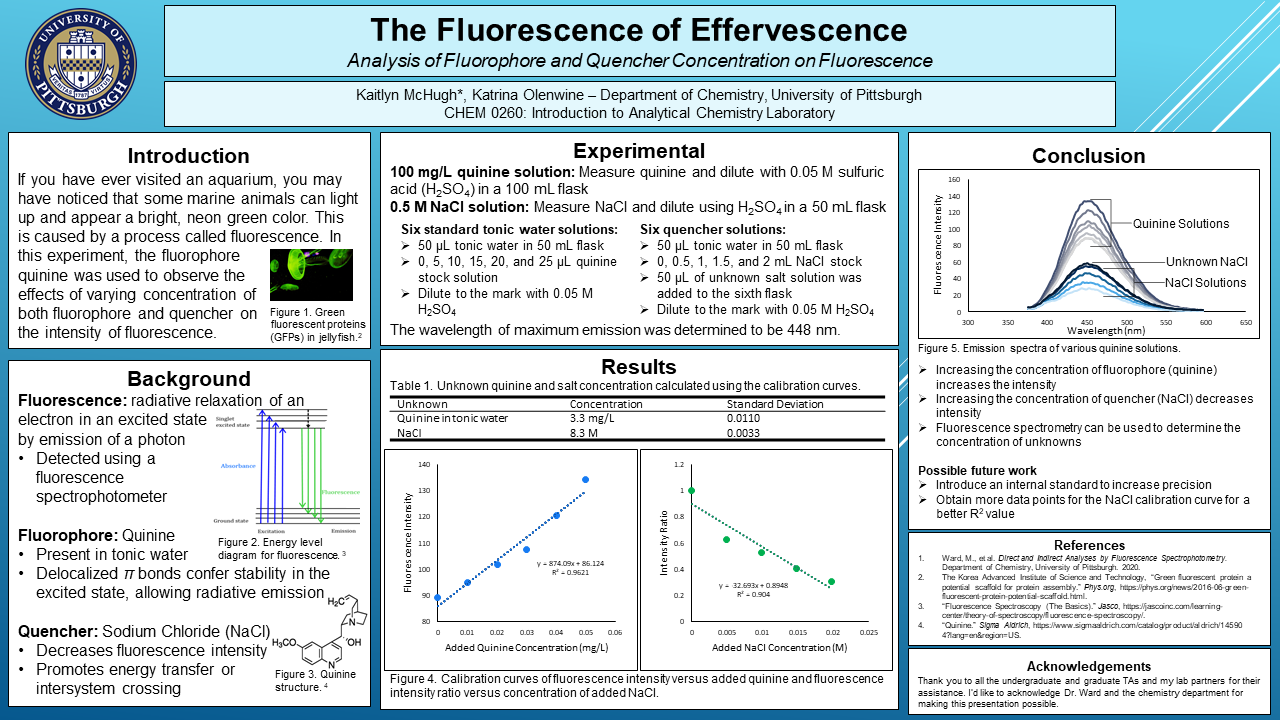

In the summer of 2021, I was selected to be a part of the Research Experiences for Undergraduates (REU) Program with the Center for Engineering Mechanobiology (CEMB) at the University of Pennsylvania. Throughout the summer, I worked with the Osuji group, which studies understanding and controlling the structure and dynamics of materials like soft matter and complex fluids. I was paired with mentor Ravisara (Ning) Wattana, who is a materials scientist, to help form the basis of her graduate research project.
While working on this project, I synthesized microfibers from biodegradable natural polymers and investigated their potential as a replacement for synthetic polymers that are typically used in making these fibers, such as polyacrylonitrile (PAN). I was able to learn and utilize many characterization methods, such as optical microscopy, scanning electron microscopy, and rheology. At the end of the program, I submitted an abstract on my results to the Biomedical Engineering Society (BMES) and was selected to present a poster at the 2021 Annual Meeting. At the conference, I was able to represent the Osuji group and present my data to other students and professors doing similar research. I was also able to learn more about research in the field of Biomedical Engineering from other presenting students.

This presentation was created as the final project for the physical chemistry lab. This is a capstone course for chemistry majors at Pitt. Each student was to create a video report rather than a written lab report for one experiment. I presented on the experiment in which we measured various quantities relating to the emission of light. In this experiment, we measured and calculated the speed of light, compared models for blackbody emission, including Plank's model versus Wien's equation, and used line emission spectra to determine the Rydberg constant, ionization energy, and mass.
As the final project for the analytical laboratory course, each student was tasked with creating and presenting a poster on one of the experiments performed. I presented on the experiment in which we measured the fluorescence intensity with changing concentration of fluorphore and quencher. We used the fluorophore quinine, which is commonly found in tonic water. We found that increasing the concentration of fluorphore increases the intensity of fluorescence. Meanwhile, increasing the concentration of quencher, NaCl, decreased the fluorescence intensity.
